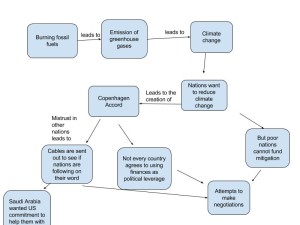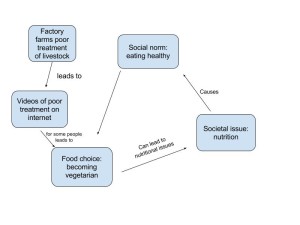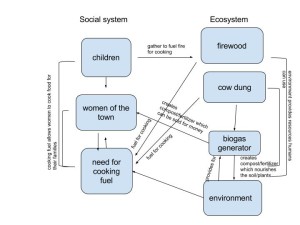Explain the purpose of a biosphere reserve and then describe one found somewhere in the world. Then discuss the effects of climate change on this area. Please discuss this in paragraphs of 200-250 words and cite any sources used.
Biosphere reserves are protected areas of land where its purpose is to protect the biodiversity of the area. As biodiversity can vary from small to large scales, it is important to protect as many areas as possible so that these ecosystems can stay around for long periods of time. To be considered a biosphere reserve it needs to have three different “zones” within it. One zone must be a core area where the government restrict all human activity except for scientific purposes, one zone must be a buffer zone where tourist recreation and local resident usage is allowed, as long as their activity does not affect the core area, and a third area must be a transition are where more intensive uses of the land are permitted. By having these three “zones” in a biosphere reserve, human interactions with nature are limited and this helps to preserve biodiversity in these areas. One biosphere is the Great Sandy biosphere reserve in Queensland, Australia. UNESCO designated it in 2009 as an area with great amounts of biodiversity. This biosphere reserve includes Fraser Island, the oldest and largest unconsolidated sand mass in the world, the largest and highest dune lakes in the world, the RAMSAR wetlands, and coral reefs. Many varieties of birds and other marine life also inhabit this area.
Climate change can have harmful effects on this area. Since this area varies greatly in its biodiversity, many different plant and animal species can be affected. Through the Burnett Mary Regional Group for Natural Resource Management website, I found that there are many conservation efforts being implemented to conserve this environment and they would be greatly affected by climate change. Some of these efforts are aimed at reef system repairs, shorebird conservation, and maintaining coastal environments. The emission of greenhouse gases increases the temperature of the troposphere and this, then, influences climates around the world. If the climate in the Great Sandy biosphere changes drastically, then plant and animal species that have lived in this area for long periods of time would need to adapt in order to survive. If species begin to die out, then the ecosystem would become more and more fragile and this can create an unstable ecosystem.
Source: http://www.bmrg.org.au/our-programs/community/great-sandy-biosphere/



